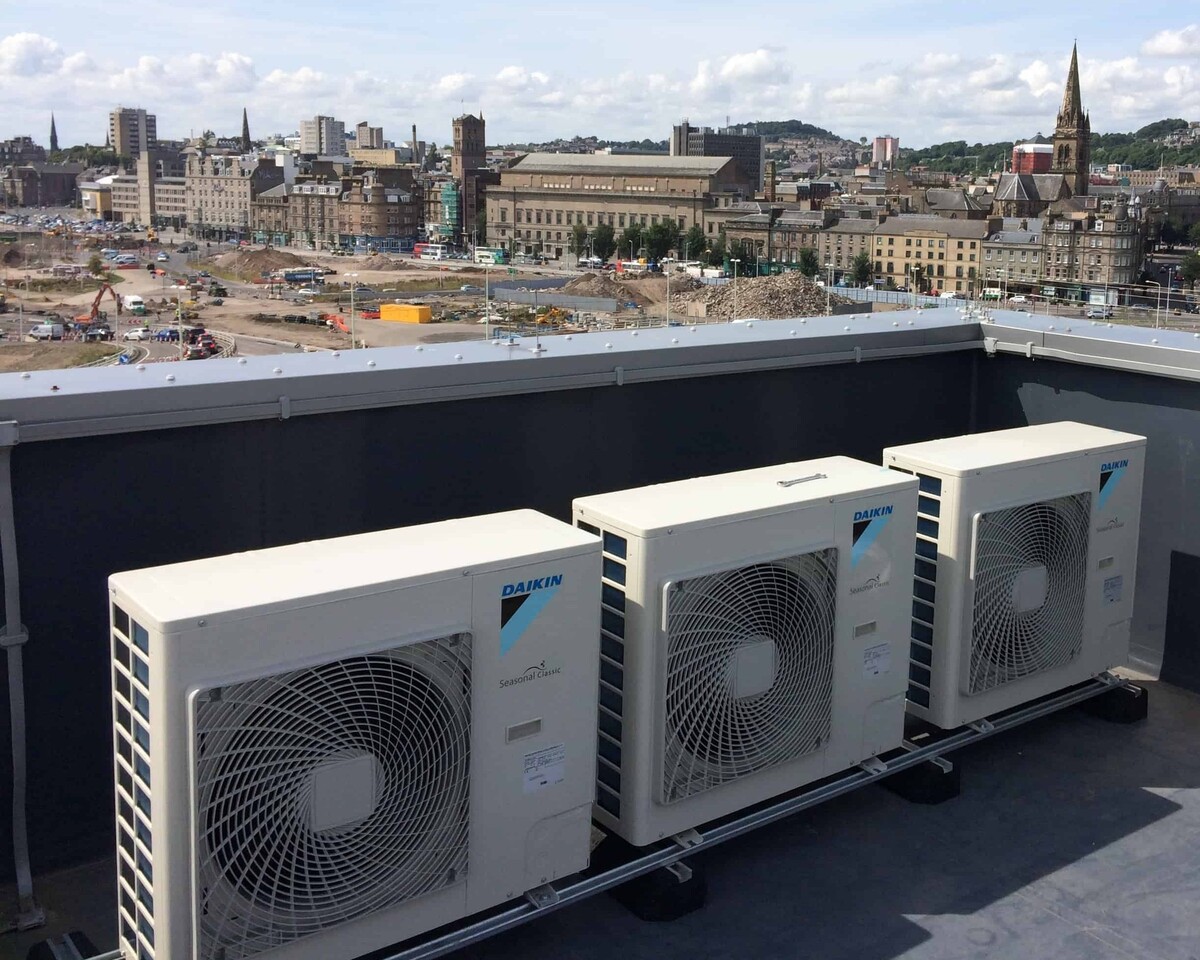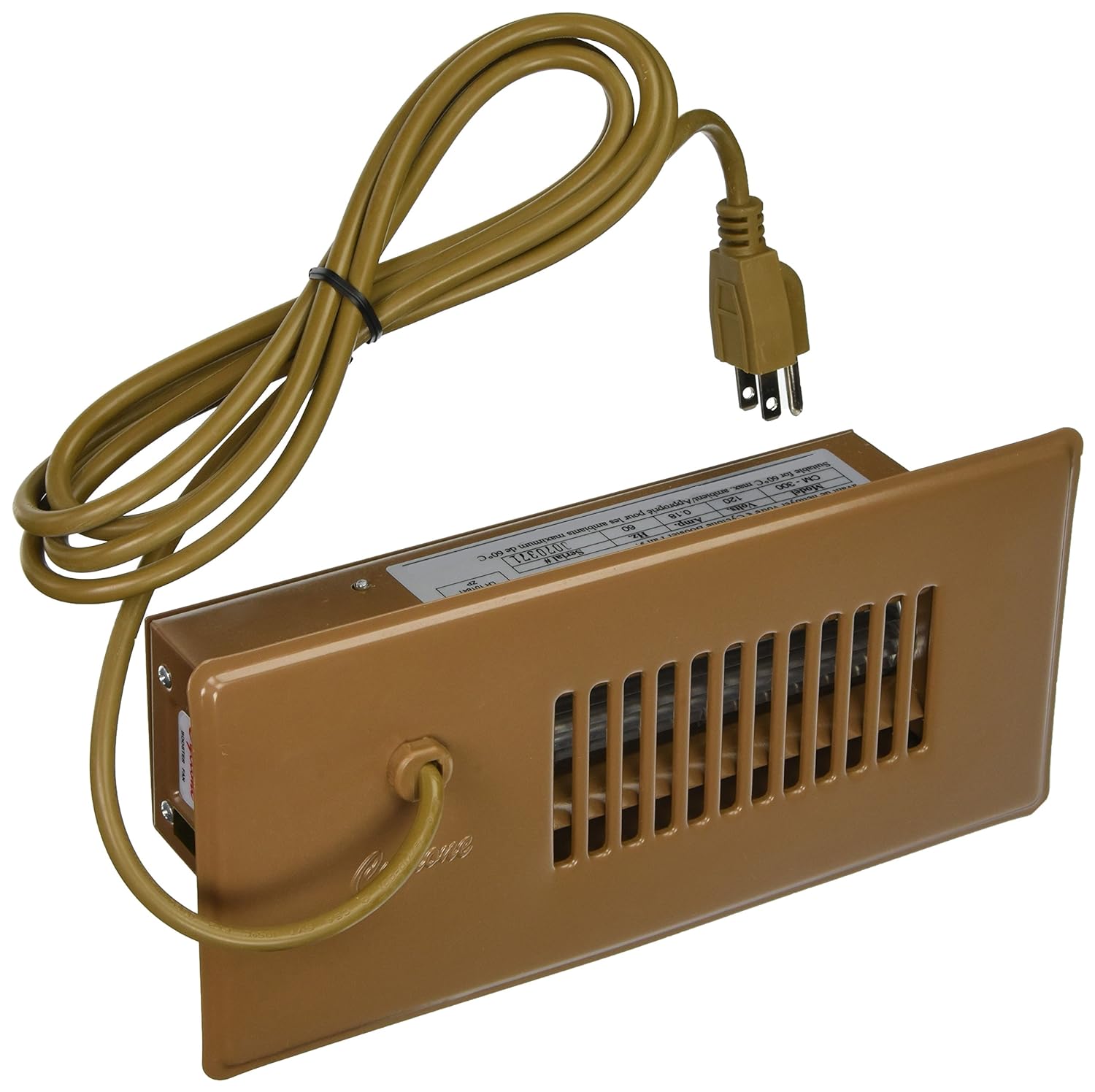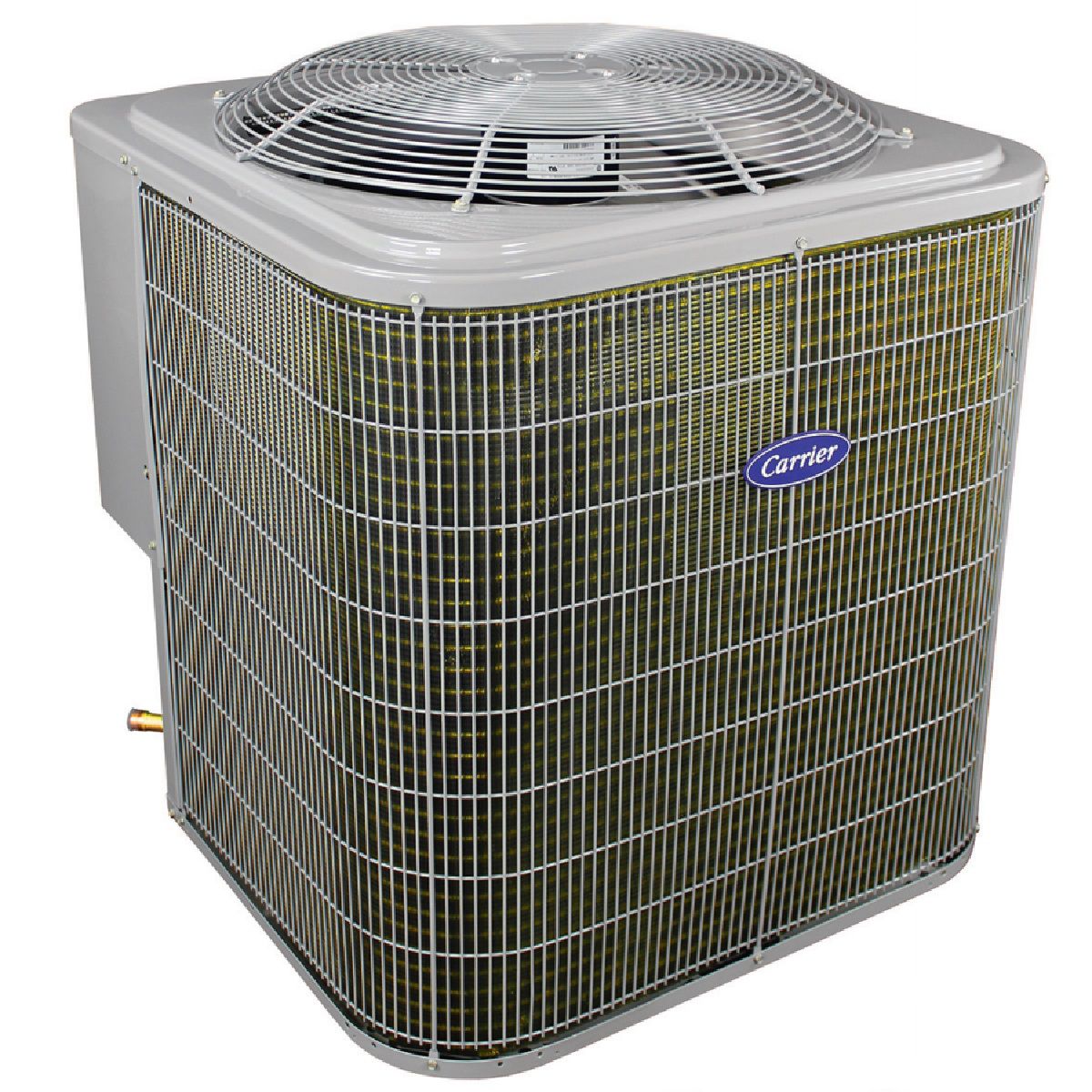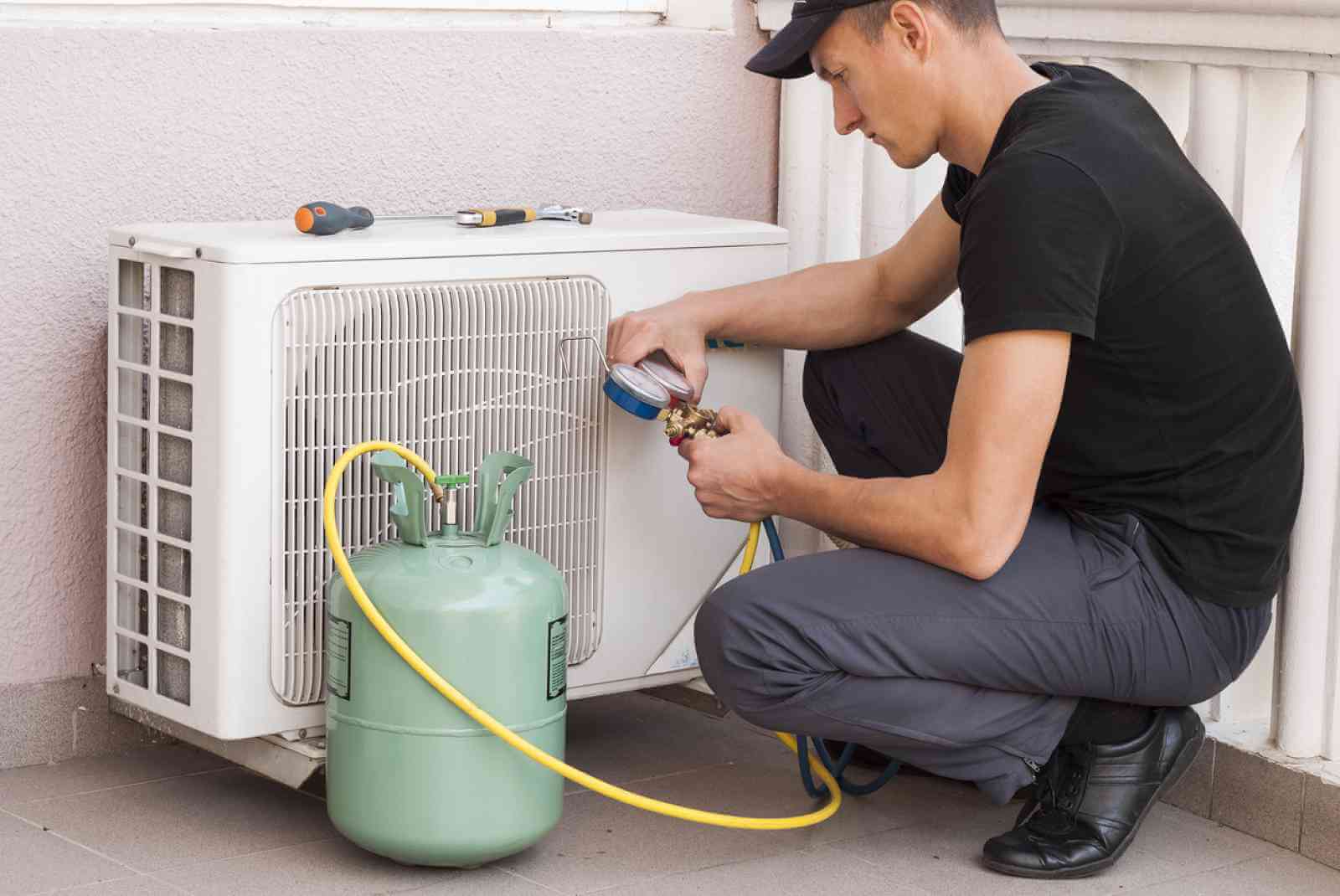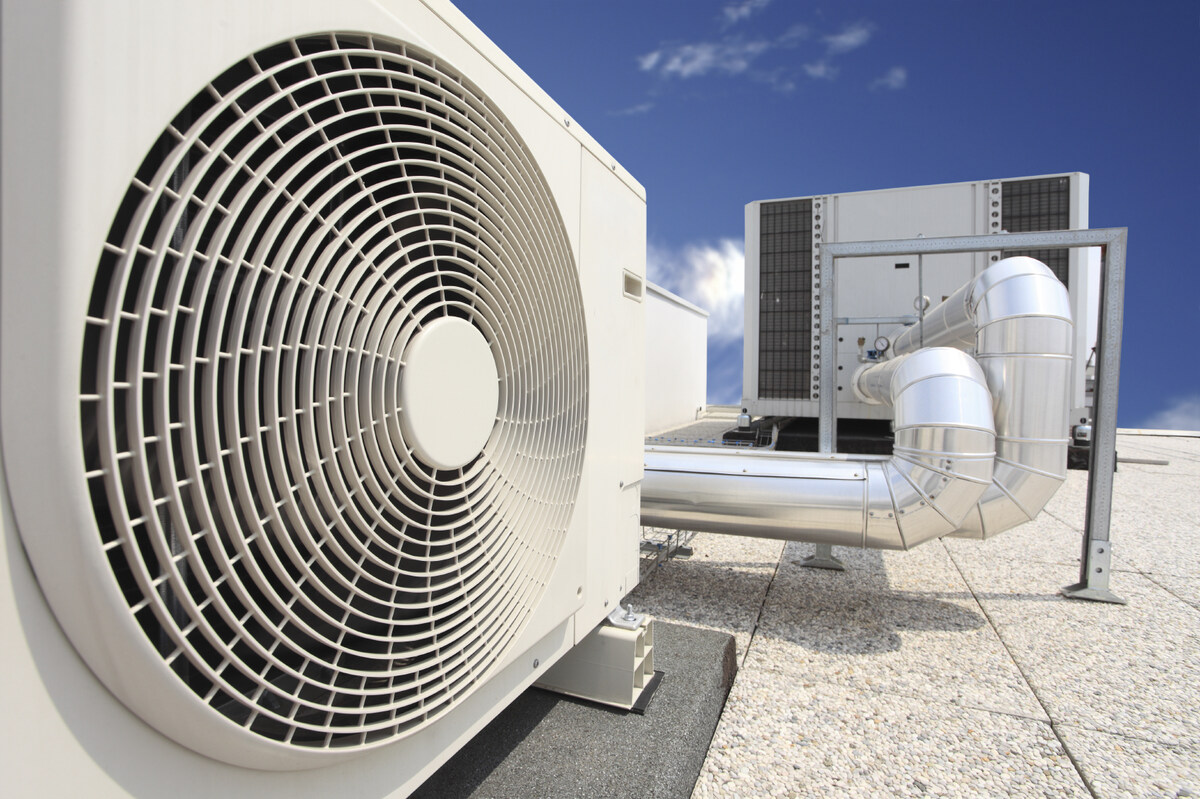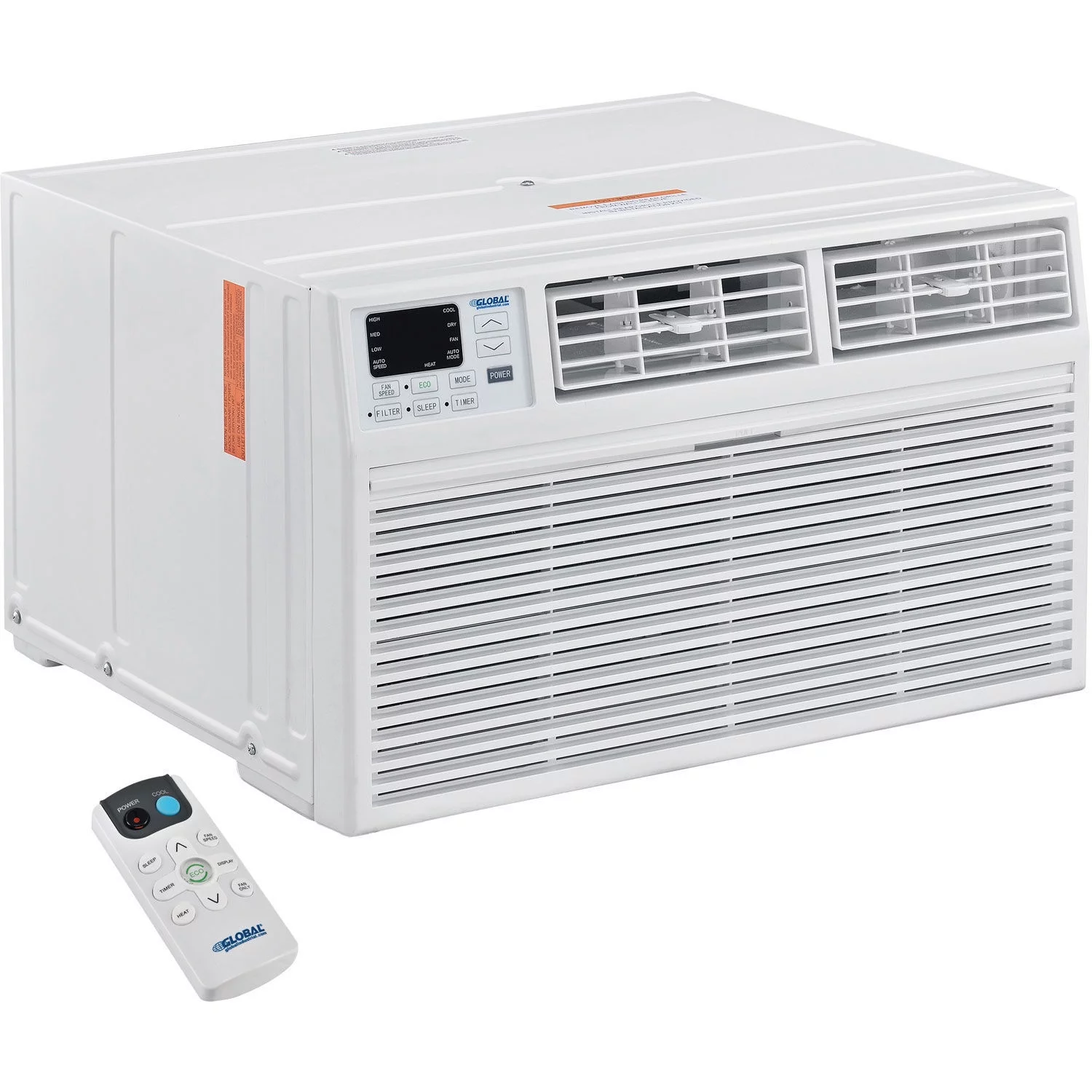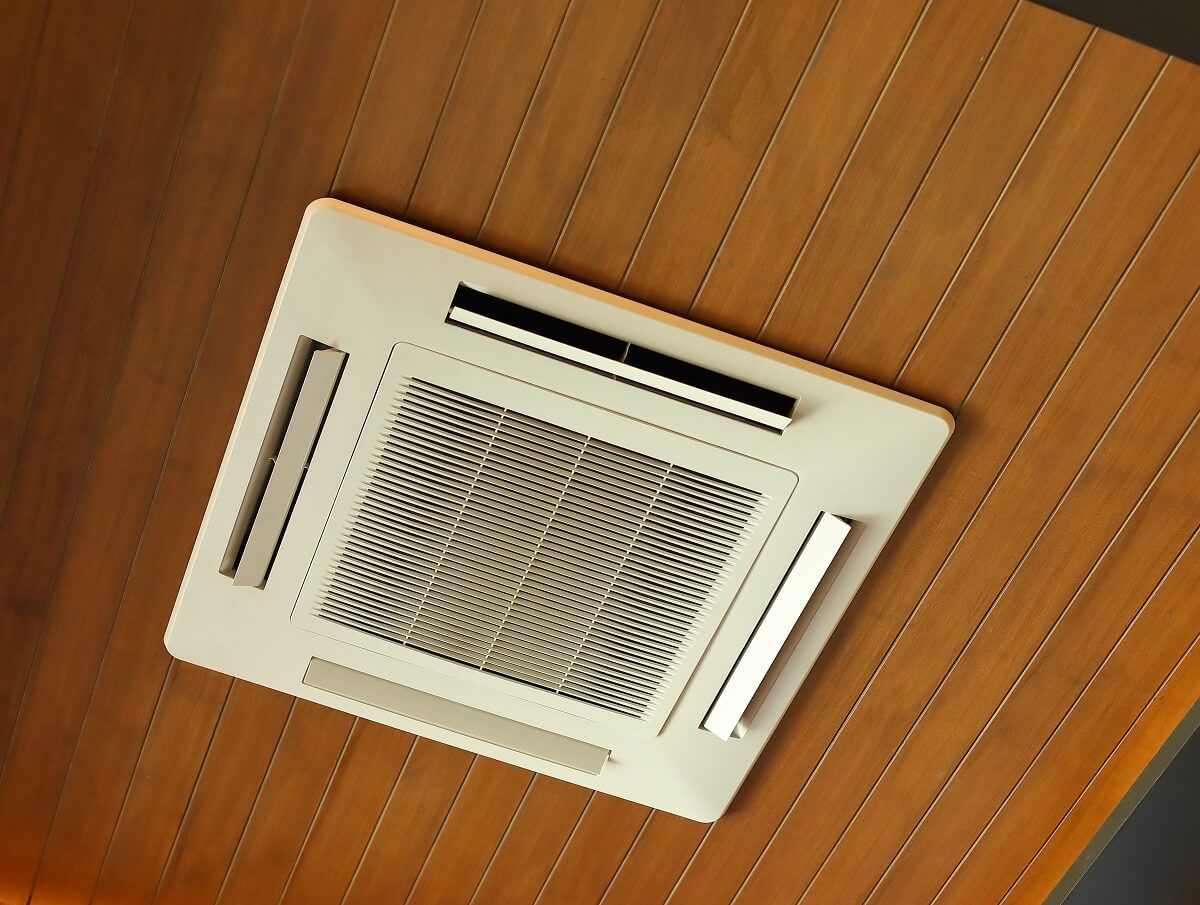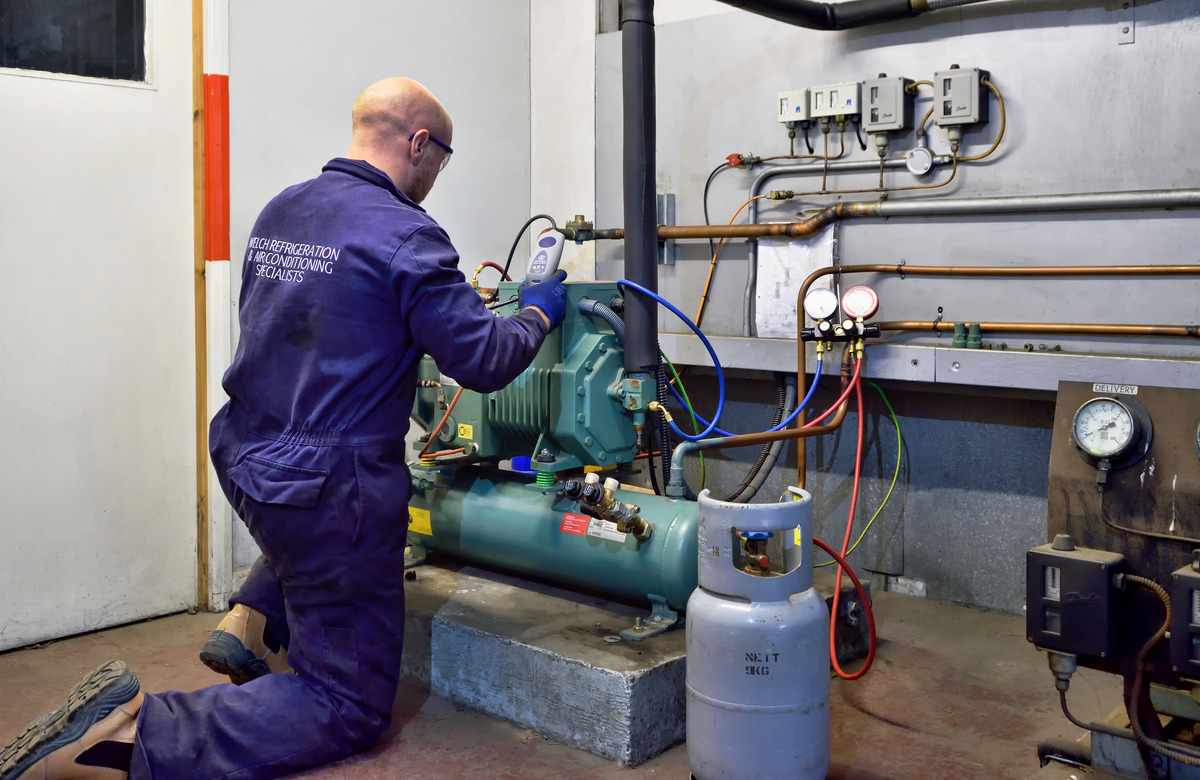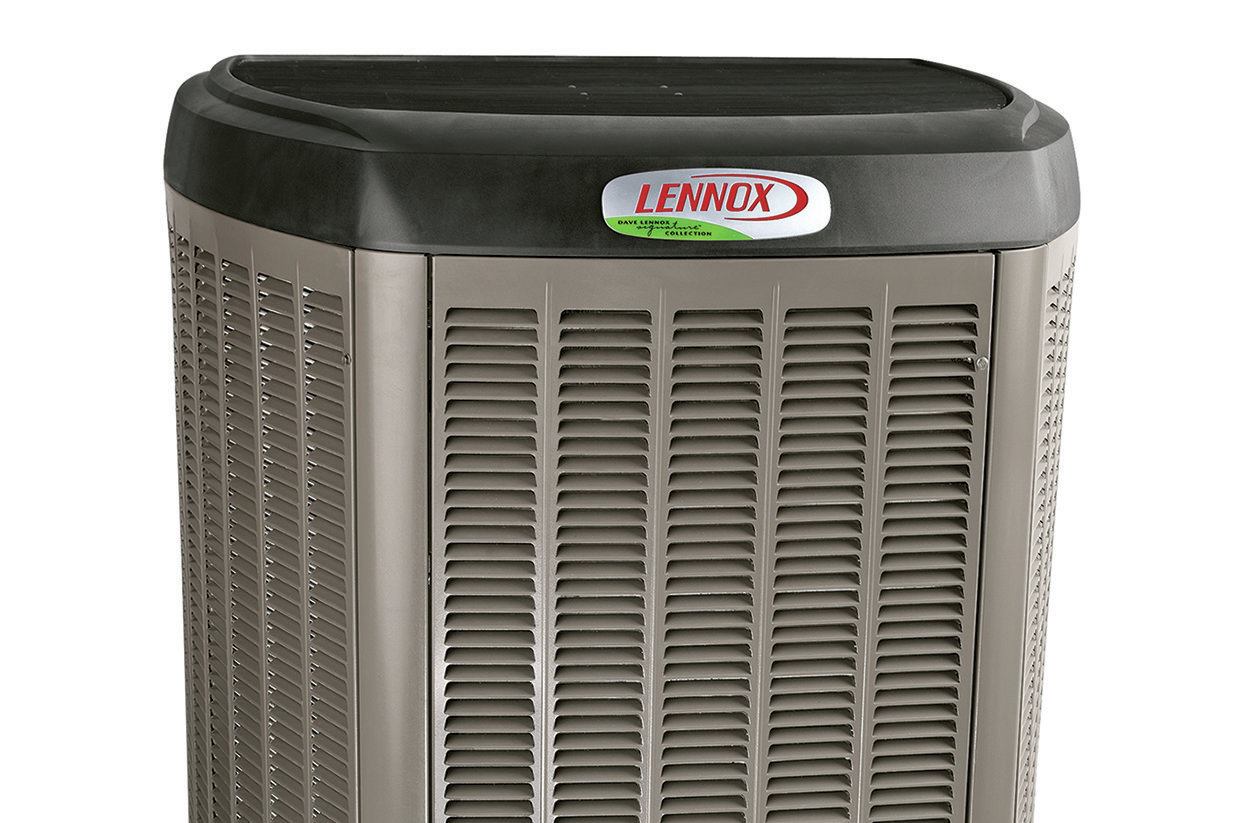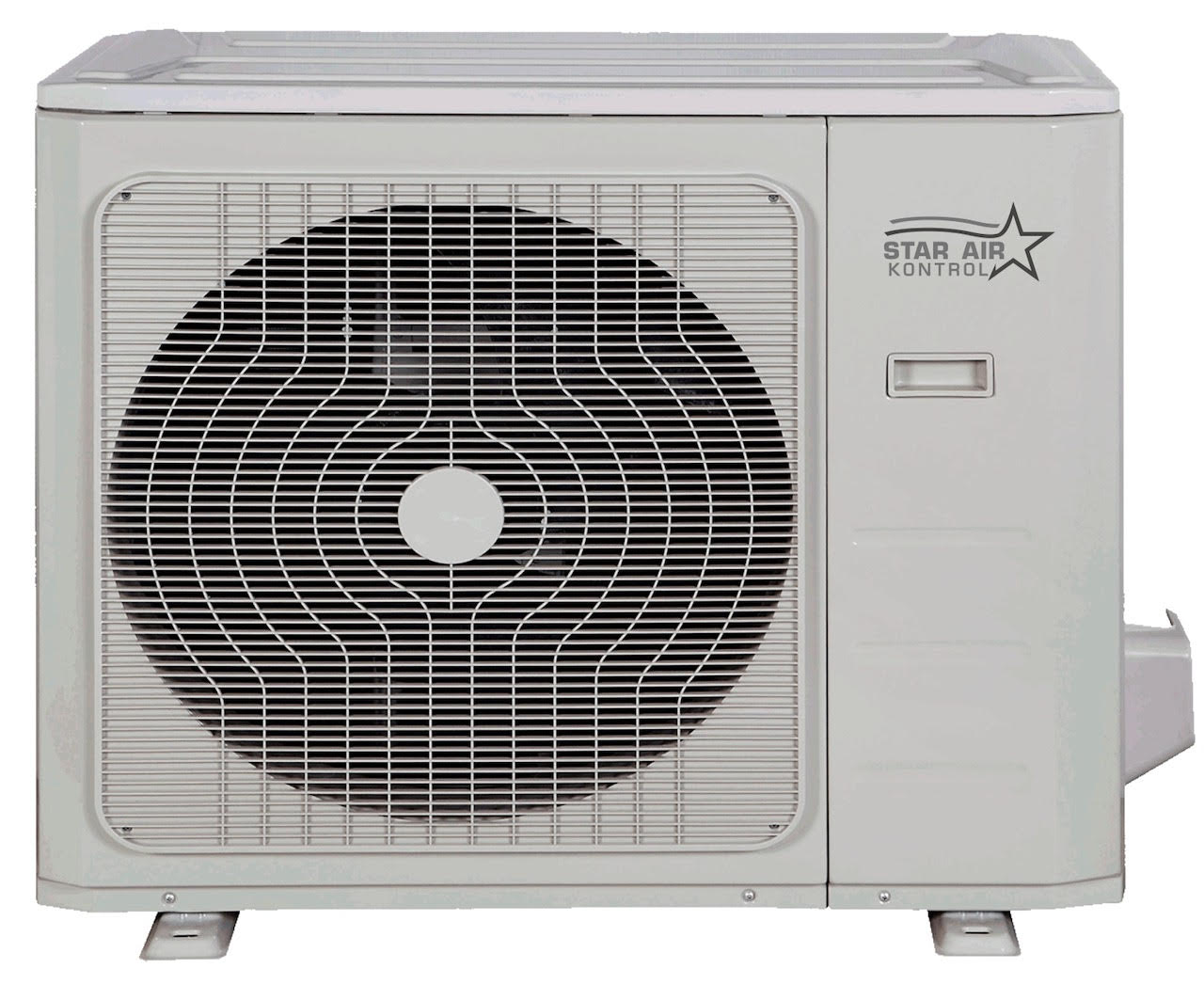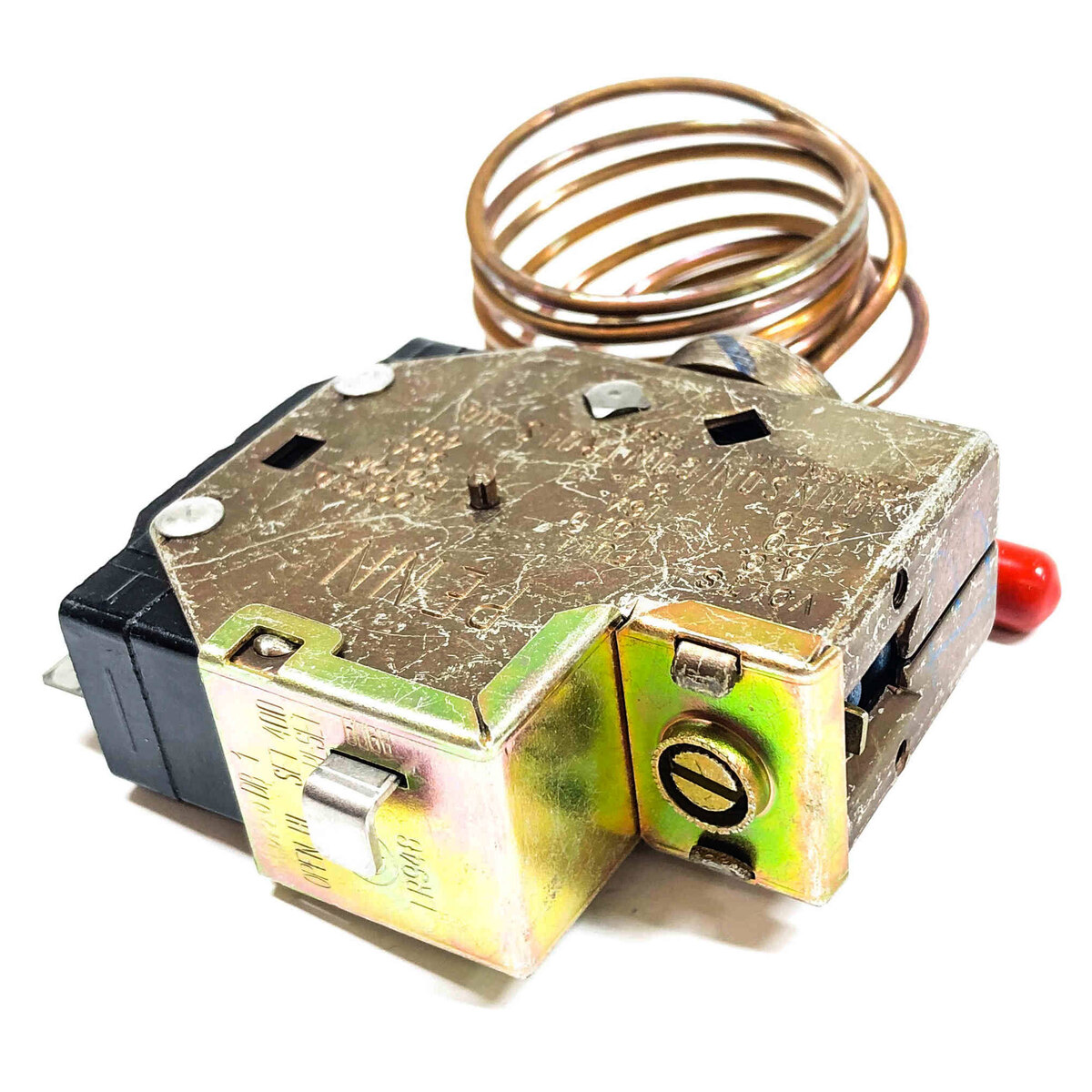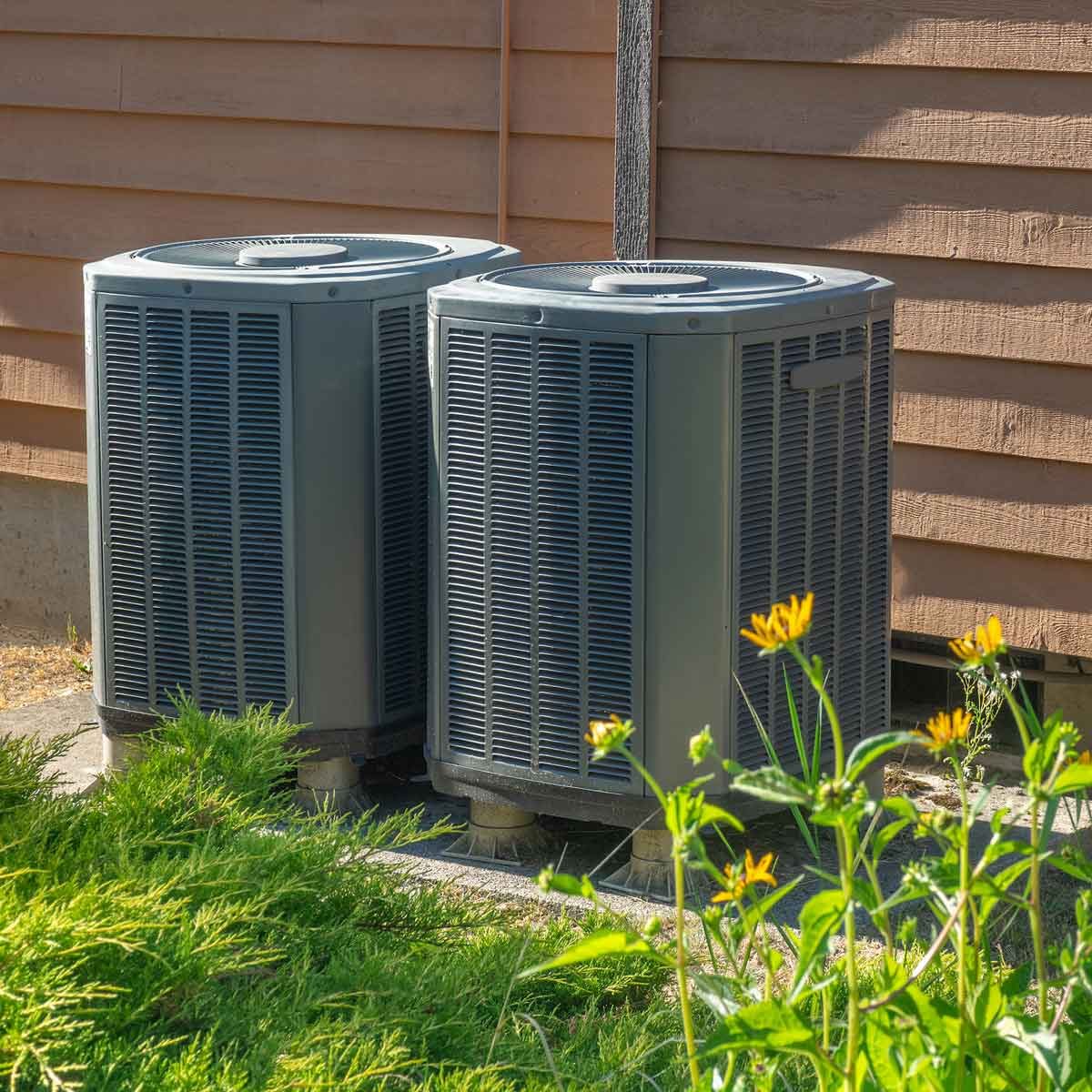Home>Home Maintenance>What Countries Use Air Conditioning
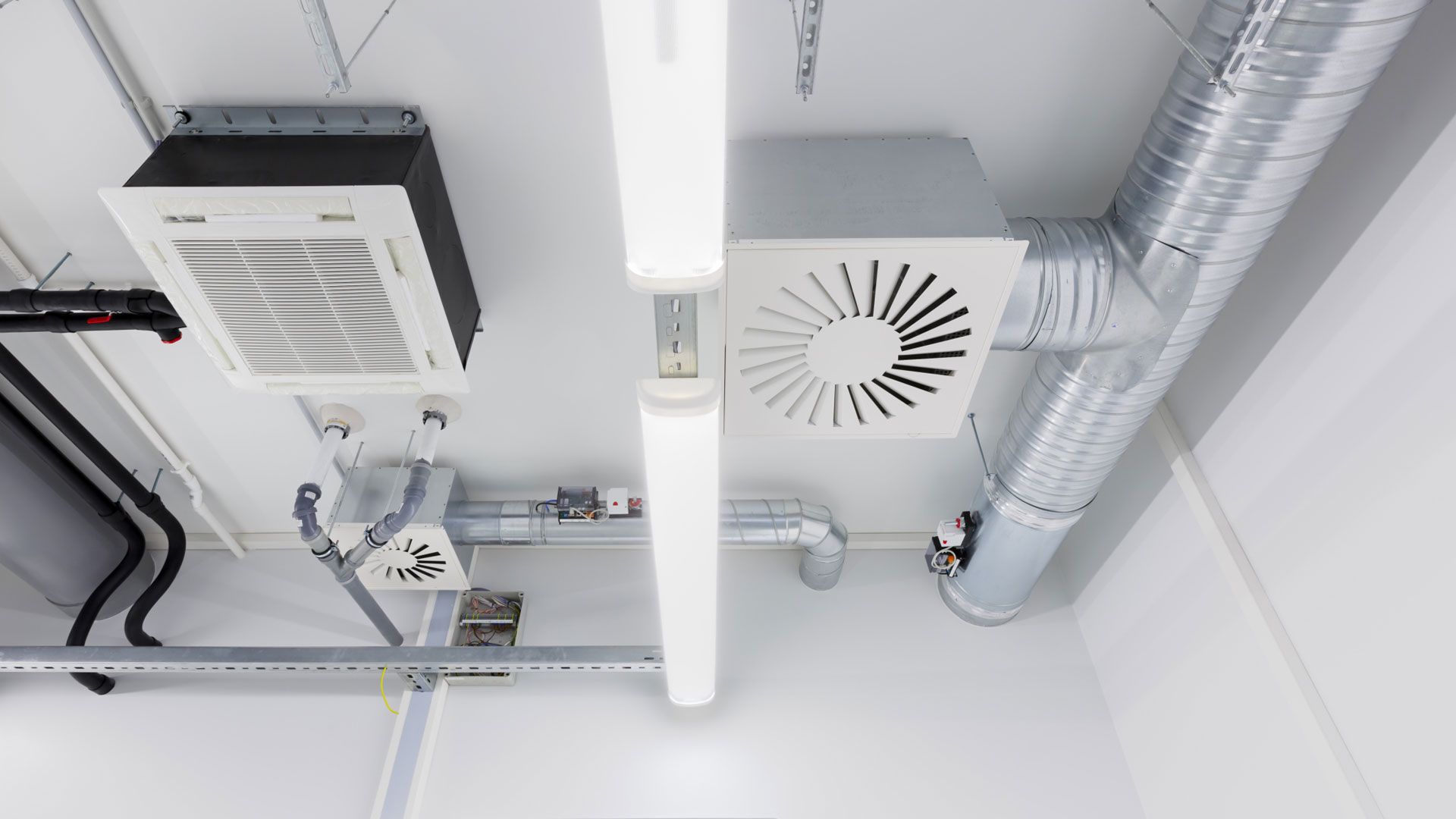

Home Maintenance
What Countries Use Air Conditioning
Modified: March 6, 2024
Find out which countries rely heavily on air conditioning for home maintenance. Discover the top locations where air conditioning is a necessity.
(Many of the links in this article redirect to a specific reviewed product. Your purchase of these products through affiliate links helps to generate commission for Storables.com, at no extra cost. Learn more)
Introduction
When it comes to keeping cool during hot summer months, air conditioning is a necessity for many people around the world. However, the prevalence of air conditioning varies from country to country, depending on various factors such as climate, infrastructure, and cultural norms. In this article, we will explore some of the countries where air conditioning is widely used and discuss the reasons behind their high usage.
Air conditioning is particularly prevalent in countries that experience hot and humid climates, where the temperatures can soar to unbearable levels. These countries prioritize the comfort and well-being of their citizens by investing in air conditioning systems for both residential and commercial spaces.
Additionally, advancements in technology and the affordability of air conditioning units have contributed to their popularity. Over the years, air conditioning has become more energy-efficient, affordable, and accessible, making it more common in households worldwide.
Now, let’s delve into some of the countries where air conditioning is extensively used.
Key Takeaways:
- Countries with hot and humid climates like the United States and Japan heavily rely on air conditioning for comfort. However, they are also working on energy-efficient and eco-friendly cooling solutions to reduce environmental impact.
- While air conditioning is essential in hot countries like Saudi Arabia and the UAE, it’s not as common in colder regions like Russia. The focus is on balancing comfort with energy efficiency and sustainability.
The United States
When it comes to air conditioning usage, the United States stands out as one of the leading countries. This is primarily due to the country’s diverse climate, with many regions experiencing hot and humid summers.
The use of air conditioning in the United States is deeply ingrained in the culture, with most residential and commercial buildings equipped with central air conditioning systems or individual units. The prevalence of air conditioning is also influenced by the country’s high standards of living and disposable income, allowing for the widespread adoption of cooling technologies.
Another factor contributing to the high usage of air conditioning in the United States is the country’s infrastructure. The widespread availability of electricity and the development of energy-efficient cooling systems have made air conditioning more accessible and affordable for a majority of the population.
Additionally, the United States experiences extreme temperature variations across its different regions. In states like Arizona and Texas, where summer temperatures can exceed 100°F (37.8°C), air conditioning is considered essential for maintaining a comfortable living and working environment.
The demand for air conditioning in the United States is also fueled by the prevalence of large metropolitan areas. Cities like New York, Los Angeles, and Miami experience higher temperatures due to the urban heat island effect, making air conditioning vital for the well-being of their residents.
Furthermore, the United States is home to a wide range of industries and businesses, such as technology, hospitality, and entertainment, where maintaining cool indoor environments is crucial for productivity and customer satisfaction.
In recent years, there has been a growing awareness of the environmental impact of air conditioning and a push for more energy-efficient alternatives. However, the United States continues to be a country where air conditioning is heavily relied upon, both for comfort and productivity.
Japan
Japan is another country known for its widespread use of air conditioning. The country experiences hot and humid summers, with temperatures often reaching above 30°C (86°F), making air conditioning a necessity for both residential and commercial spaces.
In Japan, air conditioning is not only used for cooling but also for heating during the winter months. Many air conditioning units in Japan are equipped with reverse cycle technology, allowing them to provide both cooling and heating functionalities. This versatility makes air conditioning systems a popular choice for year-round comfort.
One reason for the high usage of air conditioning in Japan is the country’s compact living spaces. Many Japanese homes and apartments have limited ventilation and rely on air conditioning to maintain a comfortable indoor temperature, especially during the hot and humid summer months.
Moreover, cultural factors also contribute to the prevalence of air conditioning in Japan. The concept of “cooling off” is deeply ingrained in Japanese culture, where people seek refuge from the summer heat by staying indoors in air-conditioned spaces. This cultural emphasis on comfort and well-being plays a significant role in the widespread adoption of air conditioning systems.
Japan is also known for its advanced technology and innovation in the field of air conditioning. Japanese manufacturers have developed highly efficient and energy-saving air conditioning units that not only provide comfort but also prioritize environmental sustainability.
In recent years, there has been a growing awareness of the environmental impact of air conditioning in Japan. Efforts are being made to promote energy-saving practices and the use of eco-friendly refrigerants to reduce carbon emissions. These initiatives aim to strike a balance between providing comfort and addressing the environmental concerns associated with air conditioning usage.
Overall, air conditioning is deeply embedded in the daily lives of the Japanese people, providing relief from the sweltering summer heat and creating a comfortable indoor environment for work, relaxation, and leisure activities.
South Korea
In South Korea, air conditioning has become increasingly prevalent in recent years, especially in urban areas and high-rise buildings. The country experiences hot and humid summers, with temperatures often soaring above 30°C (86°F), making air conditioning a necessity for many residents.
The high usage of air conditioning in South Korea can be attributed to several factors. Firstly, the country’s rapid economic growth and improved living standards have enabled more people to afford air conditioning units for their homes and workplaces.
In addition, the country’s dense urban areas and apartment-style living contribute to the need for efficient cooling systems. Many apartments in South Korea are equipped with central air conditioning systems or individual air conditioning units, ensuring that residents can stay comfortable during the hot summer months.
Another driver of air conditioning usage in South Korea is the importance placed on education and productivity. Many schools and workplaces are equipped with air conditioning to create a conducive environment for learning and working. The government has also implemented measures to promote the use of air conditioning in schools, prioritizing the well-being and comfort of students and teachers.
Furthermore, the entertainment and hospitality industries in South Korea heavily rely on air conditioning to provide comfortable environments for visitors. The popularity of shopping malls, movie theaters, and amusement parks in the country necessitates the use of air conditioning to attract and retain customers.
While air conditioning usage is widespread in South Korea, there are increasing concerns about its environmental impact. The government has been actively promoting energy-saving practices and encouraging the use of more energy-efficient air conditioning systems to reduce carbon emissions.
In recent years, there has also been a push for the development and adoption of eco-friendly refrigerants in air conditioning systems to mitigate the environmental footprint. These initiatives aim to strike a balance between providing comfort and addressing the sustainability challenges associated with high air conditioning usage.
Overall, air conditioning has become an integral part of daily life in South Korea, providing relief from the heat and humidity and ensuring a comfortable living and working environment for its residents.
Saudi Arabia
Saudi Arabia, with its desert climate and scorching temperatures, is a country where air conditioning is not just a luxury but a necessity. The extreme heat experienced in this Arabian Peninsula nation makes air conditioning a vital component of everyday life, enabling residents to escape the relentless heat and maintain comfortable indoor environments.
Due to its vast oil reserves, Saudi Arabia has been able to invest in modern infrastructure, including advanced air conditioning systems. Many buildings, such as homes, offices, shopping malls, and hotels, are equipped with powerful cooling systems to combat the high temperatures.
The demand for air conditioning in Saudi Arabia is further driven by the cultural practice of gathering and socializing indoors. The scorching heat outside makes seeking shelter in cool, air-conditioned spaces a common occurrence. The government, recognizing the importance of air conditioning in improving the quality of life, has made efforts to ensure that public places are well-equipped with cooling systems, including mosques and transportation facilities.
Furthermore, air conditioning plays a crucial role in supporting the country’s economic activities. The hot climate in Saudi Arabia can be detrimental to industries such as agriculture and construction. The use of air conditioning in these sectors helps create suitable working conditions, thereby boosting productivity and minimizing health risks associated with heat exposure.
It’s worth noting that electricity consumption in Saudi Arabia is primarily driven by air conditioning needs. While the country has abundant oil resources, there is a growing recognition of the environmental impact associated with excessive energy consumption. Efforts are being made to promote the use of energy-efficient air conditioning units and the adoption of sustainable cooling technologies to mitigate the carbon footprint.
Given the significant role air conditioning plays in the lives of Saudi Arabians, technological advancements in the field are continuously pursued. Innovations aim to improve energy efficiency, reduce carbon emissions, and explore alternative cooling methods that are less harmful to the environment. This includes the use of solar-powered air conditioning systems and the development of more environmentally friendly refrigerants.
In summary, air conditioning is an essential component of daily life in Saudi Arabia, providing respite from the unrelenting heat and ensuring comfortable indoor environments for residents, workers, and visitors alike.
Read more: What Countries Use Bidet
United Arab Emirates
The United Arab Emirates (UAE), with its arid desert climate and scorching temperatures, is a country where air conditioning is of utmost importance. The intense heat experienced in this Gulf nation makes air conditioning a necessity for both residential and commercial spaces.
In the UAE, air conditioning is not just about comfort but also about survival in the harsh climate. With summer temperatures regularly exceeding 40°C (104°F), air conditioning plays a vital role in maintaining a livable environment. Most buildings, including homes, offices, hotels, and shopping malls, are equipped with efficient cooling systems to combat the extreme heat.
One of the key reasons for the extensive use of air conditioning in the UAE is the country’s rapid urban development and infrastructure growth. The construction of towering skyscrapers, sprawling entertainment complexes, and luxurious hotels has led to a high demand for effective air conditioning systems to ensure the comfort of residents, tourists, and workers.
This increased usage of air conditioning in the UAE is also driven by cultural factors. Traditional architectural designs in the region, such as wind towers and thick walls, were initially used to naturally cool buildings. However, modernization and the desire for contemporary living standards have necessitated the incorporation of advanced air conditioning systems to provide a more comfortable indoor environment.
Moreover, the UAE’s flourishing tourism and hospitality industry heavily rely on air conditioning to attract and accommodate visitors from around the world. The luxurious resorts, theme parks, and extravagant malls found in cities like Dubai and Abu Dhabi require efficient air conditioning to ensure a pleasant experience for both residents and guests.
However, the extensive use of air conditioning in the UAE has raised concerns about energy consumption and environmental impact. The country has been taking steps to promote sustainable practices and encourage energy-efficient cooling solutions. This includes the implementation of building codes that mandate the use of energy-efficient air conditioning systems and the adoption of district cooling systems that help reduce electricity consumption.
Overall, air conditioning is an integral part of life in the UAE, enabling residents, businesses, and visitors to cope with the extreme heat and maintain comfortable indoor environments. The country continues to seek innovative and sustainable cooling solutions to balance the need for comfort with environmental considerations.
Countries with hot climates like the United States, Japan, Saudi Arabia, and Australia use air conditioning extensively to keep their buildings and homes cool.
Australia
Australia, known for its diverse climate and vast landscapes, is a country where air conditioning is widely used to combat the hot summer temperatures. The continent experiences a mix of climates, ranging from arid deserts to tropical rainforests, which contributes to the significant demand for cooling solutions throughout the country.
In Australia, air conditioning is not just a luxury but a necessity, particularly in regions with high temperatures and humidity. Major cities like Sydney, Melbourne, and Brisbane can experience summer temperatures well above 30°C (86°F), making air conditioning essential for maintaining a comfortable living and working environment.
Residential buildings in Australia often feature air conditioning systems, with many homes equipped with both ducted central air conditioning and individual split system units. This widespread adoption can be attributed to the country’s high standard of living, disposable income, and the desire for a comfortable lifestyle.
The tourism industry in Australia, which thrives due to its stunning natural beauty and outdoor activities, also relies heavily on air conditioning. Hotels, resorts, and other accommodation providers prioritize providing comfortable and cool indoor spaces for guests, ensuring a pleasant experience even during the hottest periods.
One of the significant challenges Australia faces regarding air conditioning usage is its high energy consumption. The energy demand during peak summer months can strain the electricity grid. However, advancements in technology have led to more energy-efficient air conditioning systems and the adoption of sustainable cooling techniques.
In recent years, there has been a growing focus on energy efficiency ratings for air conditioning units in Australia. The government and industry organizations have introduced initiatives to promote the use of energy-saving systems, encourage regular maintenance to improve efficiency, and educate consumers on responsible energy use.
Australia’s commitment to environmental sustainability has also led to the development of alternative cooling methods. Evaporative cooling systems, which use water evaporation to cool the air, are becoming more popular in regions with lower humidity levels, offering a more sustainable and cost-effective option in certain areas of the country.
Overall, air conditioning plays a vital role in Australia due to its diverse climate and summer heat. The country continues to prioritize the adoption of energy-efficient systems and explore sustainable cooling solutions to balance comfort with environmental considerations.
China
China, with its vast geographical expanse and diverse climate, is a country where air conditioning is extensively used to tackle the hot and humid summers experienced in many regions. The country’s large population, rapid urbanization, and booming economy have contributed to the widespread adoption of air conditioning systems.
In China, air conditioning is considered a necessity, especially in densely populated urban areas. Cities like Beijing, Shanghai, and Guangzhou experience high temperatures and humidity during the summer months, making air conditioning essential for creating a comfortable indoor environment.
As China’s economy has grown, so has the middle class, leading to increased disposable income and higher living standards. This has resulted in a surge in the demand for air conditioning units among households, providing relief from the summer heat.
Furthermore, the rapid pace of urbanization in China has led to the construction of high-rise buildings and modern infrastructure, which often incorporate central air conditioning systems. Many residential apartments, office buildings, hotels, and shopping malls are equipped with efficient cooling systems to ensure a comfortable environment for residents, workers, and visitors.
In recent years, there has been a focus on energy efficiency and environmental sustainability in China. The government has implemented regulations to promote the use of energy-efficient cooling systems, encouraging manufacturers to develop technologies that minimize energy consumption and reduce carbon emissions.
At the same time, China has also been exploring alternative cooling methods to reduce the environmental impact of air conditioning. This includes the use of sustainable cooling systems powered by renewable energy sources, such as solar air conditioning. Additionally, the country has been investing in the development of green buildings that incorporate natural ventilation and energy-efficient cooling techniques.
While air conditioning is prevalent in urban areas, it’s worth noting that in rural parts of China, where electricity infrastructure might be less developed, air conditioning usage may be less common or limited to certain public spaces.
Overall, air conditioning has become an integral part of modern living in China, providing respite from the summer heat and improving the quality of life for millions of people. The country continues to focus on energy efficiency and innovation, aiming to strike a balance between comfort and sustainability in its cooling practices.
India
India is a country known for its diverse climate, with varying temperature and humidity levels across different regions. In this vast nation, air conditioning is widely used to combat the scorching heat experienced during the summer months.
In India, air conditioning is not just a luxury but a necessity for many. The country’s tropical climate, with temperatures exceeding 40°C (104°F) in some areas, often makes air conditioning crucial for maintaining a comfortable indoor environment.
The usage of air conditioning in India differs between urban and rural areas. In urban centers like New Delhi, Mumbai, and Chennai, air conditioning is prevalent in residential buildings, offices, shopping malls, and other commercial spaces. The rapid urbanization and growth of the middle class have contributed to the increased demand for cooling systems.
However, in rural parts of India, where access to electricity and infrastructure may be limited, air conditioning usage is relatively lower, with fans and natural ventilation being more common cooling options.
In recent years, there has been a growing focus on energy efficiency and environmental sustainability in India’s air conditioning sector. The government and industry have introduced policies to promote the use of energy-efficient cooling systems and encourage manufacturers to develop eco-friendly alternatives.
Additionally, with rising concerns about climate change and the carbon footprint associated with conventional air conditioning units, efforts are being made to explore innovative cooling technologies. These include evaporative cooling, solar-powered cooling, and district cooling systems, which aim to reduce energy consumption and reliance on fossil fuels.
India’s commitment to sustainable cooling is further exemplified through the development of standards for energy efficiency and the promotion of eco-friendly refrigerants. These initiatives aim to strike a balance between providing comfort and addressing environmental concerns.
It’s important to note that the affordability of air conditioning units in India has improved over the years, making them more accessible to a larger portion of the population. This has contributed to the widespread adoption of air conditioning systems, particularly in urban areas.
Overall, air conditioning has become an essential feature of modern life in India, providing relief from the sweltering heat and creating comfortable indoor environments. The country continues to prioritize energy efficiency and sustainability in its cooling practices, striving to find a balance between comfort and environmental responsibility.
Read more: How To Use Air Conditioning Gauges
Brazil
Brazil, with its vast tropical climate and high temperatures, is a country where air conditioning is widely used to combat the heat and humidity. The prevalence of air conditioning varies across different regions within the country, influenced by factors such as climate, economic development, and cultural preferences.
In major cities like Rio de Janeiro and São Paulo, air conditioning usage is quite common, especially in residential buildings, offices, shopping malls, and hotels. The hot and humid summers, with temperatures often surpassing 30°C (86°F), make air conditioning essential for creating a comfortable indoor environment.
The high penetration of air conditioning in Brazil’s urban areas is also driven by improvements in living standards and affordability. As the middle class expands and disposable incomes rise, more households have been able to invest in air conditioning units, prioritizing comfort and well-being.
In addition to urban areas, air conditioning is also prevalent in Brazil’s coastal regions, where popular beach destinations attract tourists seeking relief from the heat. Hotels and resorts in these areas prioritize providing comfortable, air-conditioned accommodations to ensure a pleasant experience for guests.
However, in more rural and economically disadvantaged regions of Brazil, the use of air conditioning may be less common due to limited access to electricity or financial constraints. Fans and natural ventilation are often relied upon as alternative cooling options in these areas.
Concerns about energy consumption and environmental impact have prompted Brazil to focus on more sustainable cooling solutions. Energy efficiency labels have been introduced for air conditioning units, promoting the use of energy-saving technologies. Government initiatives also encourage the adoption of renewable energy sources, such as solar power, to meet the country’s cooling needs.
Furthermore, Brazil’s commitment to environmental sustainability has led to the development of projects focusing on district cooling, which involves the centralized production and distribution of chilled air. This innovative approach aims to reduce energy consumption and greenhouse gas emissions associated with individual cooling systems.
It’s also worth mentioning that Brazil’s cultural dynamics play a role in air conditioning usage. In regions with a strong cultural tradition of open windows and natural ventilation, such as the Northeast, air conditioning may not be as prevalent as in other parts of the country.
In summary, air conditioning has become increasingly common in Brazil, particularly in urban and coastal areas, to combat the heat and humidity. The country is actively pursuing sustainable cooling solutions to balance the need for comfort with environmental responsibility.
Russia
Russia, with its vast territory and diverse climate, experiences extreme temperature variations throughout the year. In this country, air conditioning is not as widely used compared to hotter regions, but it still has its place in certain parts and situations.
In urban areas like Moscow and St. Petersburg, air conditioning is becoming more common, especially in modern buildings, hotels, office spaces, and shopping centers. The hot and humid summers, with temperatures occasionally reaching 30°C (86°F), have contributed to the increased demand for cooling systems.
However, due to the predominantly cool and cold climates across much of Russia, the need for air conditioning is less common compared to heating systems for the majority of the year. Central heating is a vital component of many buildings in Russia, necessary to combat the long and harsh winters.
In regions with a milder climate, such as the Black Sea coast and some southern territories, air conditioning is more prevalent due to the summer heat. Popular tourist destinations in these areas, like Sochi, rely on air conditioning to provide comfort to visitors during the warmer months.
Concerns about energy efficiency and high energy consumption have led to stricter regulations and the promotion of more eco-friendly cooling solutions in Russia. The country has implemented energy efficiency labels and standards for air conditioning units, encouraging the use of more energy-efficient technologies.
It’s also worth noting that in some traditional Russian homes and older buildings, natural ventilation and window openings are still commonly used to cool indoor spaces during the summer months. The cultural preference for fresh air circulation has influenced the usage patterns of air conditioning in certain areas.
Given the vast size and climatic diversity of Russia, air conditioning usage can vary significantly across regions. In the northern regions, where the climate is predominantly cold, air conditioning is not as prevalent outside of specific circumstances.
Overall, while air conditioning might not be as widespread in Russia as in hotter countries, its usage is increasing steadily, particularly in larger cities and areas with milder climates. The focus on energy efficiency and environmentally friendly cooling solutions continues to shape the adoption and development of air conditioning systems in the country.
Conclusion
Air conditioning usage varies widely across different countries, influenced by factors such as climate, infrastructure, cultural norms, and economic development. In countries with hot and humid climates, such as the United States, Japan, Saudi Arabia, and the United Arab Emirates, air conditioning is considered a necessity for maintaining a comfortable living and working environment.
Advancements in technology, affordability, and the desire for a higher standard of living have contributed to the widespread adoption of air conditioning systems in many parts of the world. The prevalence of air conditioning is particularly evident in urban areas, where populations are denser and the demand for cooling solutions is high.
While air conditioning offers relief from the heat, concerns about energy consumption, carbon emissions, and environmental impact have prompted countries to prioritize energy efficiency measures and explore sustainable cooling alternatives. Governments and industry organizations are promoting the use of energy-efficient systems, investing in innovative technologies, and encouraging the adoption of renewable energy sources to reduce the carbon footprint associated with cooling.
It’s important to note that air conditioning usage can vary within countries as well. Rural areas and regions with limited access to electricity may rely on other cooling methods, such as fans or natural ventilation, while urban centers tend to heavily rely on air conditioning in both residential and commercial spaces.
Overall, air conditioning plays a significant role in improving the quality of life and well-being for individuals in hot climates or during summer months. As the world continues to face the challenges of climate change and environmental sustainability, the focus on energy efficiency and eco-friendly cooling solutions will further shape the future of air conditioning technology and its usage worldwide.
Frequently Asked Questions about What Countries Use Air Conditioning
Was this page helpful?
At Storables.com, we guarantee accurate and reliable information. Our content, validated by Expert Board Contributors, is crafted following stringent Editorial Policies. We're committed to providing you with well-researched, expert-backed insights for all your informational needs.
